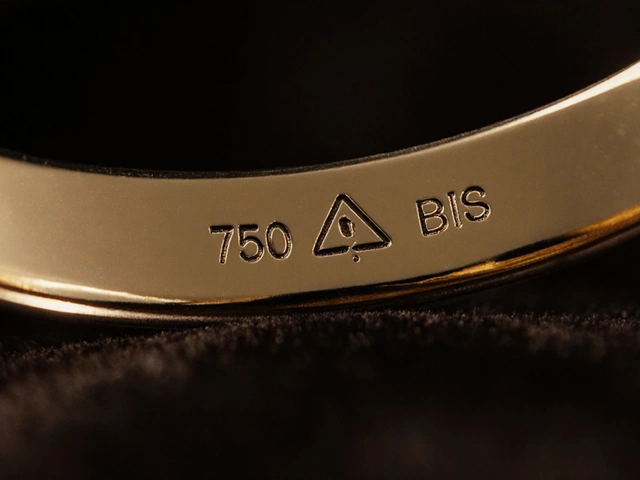US Customs Jewelry Declaration: What You Need to Know
When working with US customs jewelry declaration, the process of informing U.S. Customs and Border Protection about the type, value, and material of jewelry you bring into the country. Also known as customs jewelry entry, it helps calculate duty, ensures compliance with import rules, and protects travelers from penalties. Understanding customs duty, the tax applied to imported goods based on declared value and classification is crucial because even a small mis‑statement can trigger fines. Most travelers rely on the HS code, a standardized 6‑digit number that classifies jewelry by material and design for tariff purposes to determine the correct duty rate. Knowing the right HS code, the accurate market value, and the personal exemption limits lets you avoid surprise charges at the border.
Key Factors That Shape Your Declaration
The first step is jewelry valuation, estimating the fair market price based on metal purity, gemstone quality, brand, and current market trends. Use receipts, appraisals, or online price guides to back up the amount you write on the customs form. Next, consider the personal exemption, the dollar limit a traveler can bring in without paying duty, typically $800 for returning U.S. residents. If your jewelry’s declared value exceeds this threshold, you’ll owe duty calculated as a percentage of the excess, often ranging from 3% to 8% depending on the HS code. Another practical tip is to keep the original packaging and any certificates of authenticity; these serve as evidence if Customs requests proof. Finally, if you’re unsure about classification or duty rates, a licensed customs broker, a professional who helps importers complete paperwork and satisfy regulatory requirements can smooth the process and prevent costly delays.
With these basics covered—what a US customs jewelry declaration is, how to value your pieces, which HS codes apply, and when duty kicks in—you’re ready to tackle the form confidently. Below you’ll find a curated set of articles that dive deeper into related topics like gold hallmark meanings, resale value of luxury rings, and quick tests to spot cheap jewelry. Together they give you the knowledge to declare correctly, protect your investments, and travel worry‑free. Explore the collection and sharpen your customs strategy today.
Do You Need to Declare Jewelry at US Customs? Complete Guide
Learn when and how to declare jewelry at US customs, understand duty rates, exemptions, and avoid penalties with clear step‑by‑step guidance.





